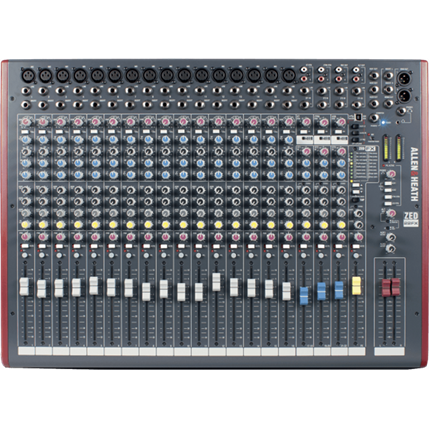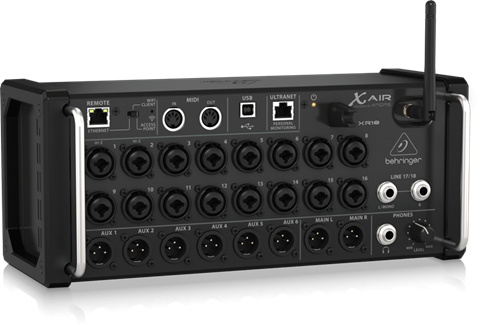The Technology behind the Jam Evening
On 24 November 2023 the Educafé was transformed to a fantastical musical venue. From 19:30 till midnight the air was filled with sound. Mostly beautiful music, some awkward silences and the occasional encouraging chant. It was the one and only Jam evening, a band evening were the stage is open and everyone able to lay down a tune was more than welcome on stage. There were a total of 8 drummers present, so the drumkit was always in heigh demand. But how came this magical evening to be?
Origins of the Jam Evening
The jam evening was born on one faithful ABLV more than 3 years ago. It was decided that the newest Borrel probationary member ‘Draadstraal’ should organise a jam evening. A similar jam evening was organised almost 2 years prior to the ABLV, so the ABLV felt this was the golden opportunity to have a sequel to the successful jam evening in 2019. However as Borrel assignments often do, it took some time to realise the activity. In the spring of 2023 it was decided that the band evening should take place soon, as such an event requires a lot of planning in advance, the fourth quartile was already full with activities and at the start of the academic year SPOCK7 was leaving. Ideally it should take place after SPOCK7 so they can also attend, so the beginning of quartile 2 was chosen as a suitable date. After the date was set the next obstacle was gathering all the gear required to build the stage. A lot of gear could be hired at the Vestingbar, I also could lend some gear from my parents. Furthermore the stage from SmartXP and the PA speakers of Inter-Actief were reserved. The biggest obstacle was the backline, (guitar amps, bass amp, keyboard and a drumkit) since the Vestingbar didn’t have those. This left professional renting which was however relatively expensive.
Techniques of Sound Engineering
At a music venue it is vital to amplify the instruments to compensate for the difference in acoustical volume of a drumkit and an acoustic guitar for example. At the audio mixer all signals can be mixed to the desired volume ratios and send the main speakers and the monitor speakers on stage.
In an analog audio mixer all audio signals are send from the stage to the back of the room where the mixer and the sound engineer reside and send back the stage to the speakers. The mixer is placed at the back of the venue since the sound engineer should hear the same as the audience. This means for a large venue these signals will have to travel dozens of meters. For this shielded cables are used with two conductors with a balanced signal, just like most digital signals. But unlike HDMI or USB these weak analog microphone signals (10 mV) can travel 50 meters without being distorted or needing to be amplified.

An analog mixer
Next to only mixing some effects processing is also required for a nice sound. The most used effects are equalizers, compressors and gates. Simple equalizers are often integrated in the mixer, for gates and compressors separate devices are used. Equalizing is the most simple effect as it only consists of multiple band stop filters of which the attenuation can be adjusted. This way unwanted frequencies can be filtered out. In simple mixers there are 3 band stop filters, 1 for low frequencies, 1 for mid frequencies and 1 for high frequencies. On more advanced mixers more band stop filters are present and also band stop filters of which the frequency and the width of the stop band can be adjusted, these are known as parametric equalizers. A gate is a circuit which passes only signals above a certain voltage threshold, this is used to filter out noise and other unwanted lower volume signals. A compressor attenuates the audio signal above a certain level, this is to limit the dynamic range of the audio signal, so the signal can be amplified more before distortion occurs and it also results in a tighter sound. A compressor has a threshold, the ratio at which its attenuates, the attack and release time of the compressor and the knee (the transition between attenuation and non-attenuation). All of these parameters can be adjusted. After a compressor, the signal is often amplified and gated.

A Compressor
Nowadays digital mixers are used more often. The signals are converted to digital, mixed, then processed in the digital domain and lastly converted back to analog to be send to speakers. This is all done in a stage box, which is remotely controlled by the sound engineer. This means the signals do not have to be send to the back of the venue and the separate effect devices are also not needed any more. The ADC used for audio need to have sample rate of 44.1 KHz and 16 bits. However for professional audio gear higher frequencies and number of bits are used for headroom. It is not uncommon to have sample rates of 96 or 192 KHz and 24 or even 32 bit systems. So while the sample rate is still low for an ADC, the high number of bits and the fact that for each channel a separate ADC, digital mixers are still expensive. While digital audio has existed since the 1980s, digital mixers have only recently (10 years) become less expensive then analog mixers with all the extra gear they require.

The Digital Mixer used at the Jam Evening
